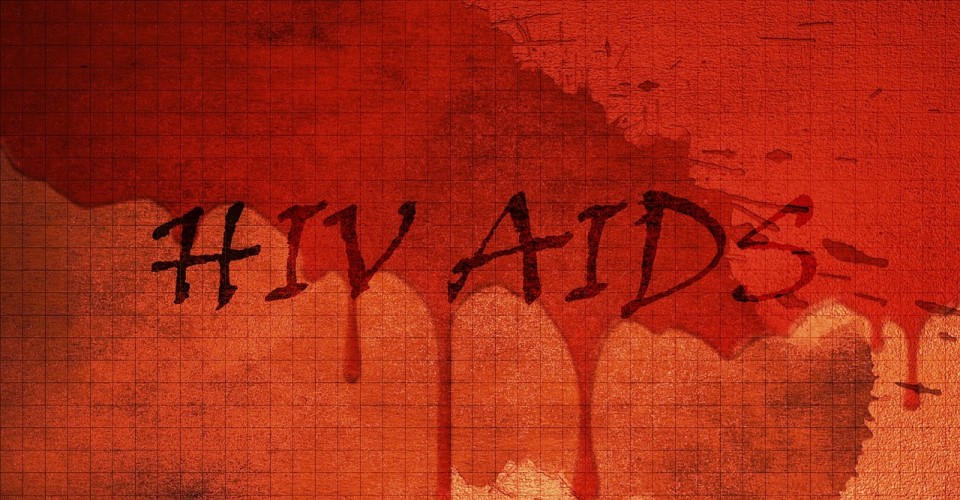
The Philippines has recorded the fastest-growing HIV/AIDS epidemic in the Asia-Pacific region over the past six years, with a 140-per cent increase in new infections, the health ministry and the United Nations have revealed.
The figures released today (Tuesday, August 1), show that at the end of 2016, there were 10,500 Filipinos infected with HIV up from 4,300 in 2010, Health Minister Paulyn Ubial told a news conference.
Ubial encouraged voluntary HIV-testing and use of condoms to help fight the problem, which in May 2017 alone saw 1,098 new cases of HIV infections in the country, the highest number of cases ever seen in a single month.
Eamonn Murphy, regional director of the Joint United Nations Programme on HIV/AIDS said the country could overcome this threat by 2030 if the government focused its efforts on the people and locations most at risk.
He said 83 per cent of new HIV cases occurred among men who have sex with men and transgender women who have sex with men.
Genesis Samonte, head of the health ministry’s public health surveillance department, said men who have sex with men were most at risk. “We’re not talking about those that are openly gay,” he said. “Any male who has sex with another male, for whatever reason, is at risk.”
Dr Rossana Ditangco, head of the AIDS Research Group of the Research Institute for Tropical Medicine, said it was time the government pursued an aggressive “treat all” campaign.
“I don’t have high hopes anymore. We can’t control the rapid rise of HIV infection,” she said. “It is time the government has to treat HIV as a national emergency.”
Two out of three new HIV infections are found among men aged from 15 to 24, who have been found to have little awareness of HIV, its symptoms and treatment.
Most of the men had their first sexual encounter at 16 years old and an average only get tested for HIV eight years later.

Comments are closed.